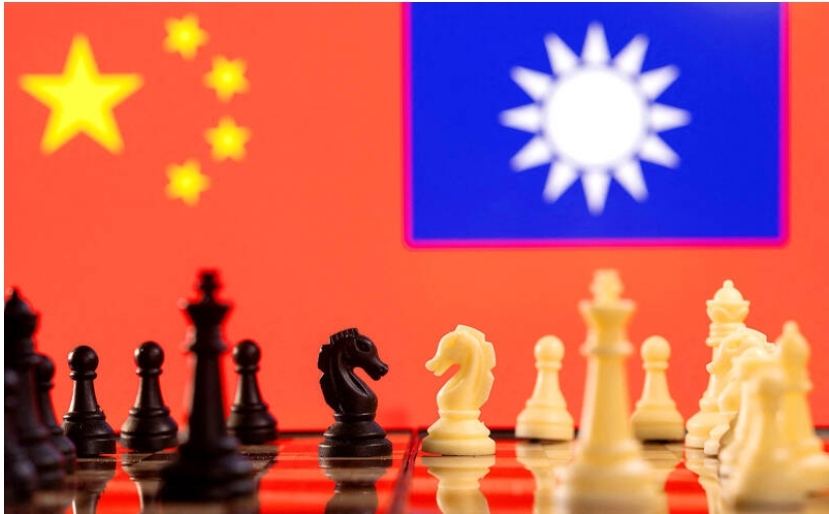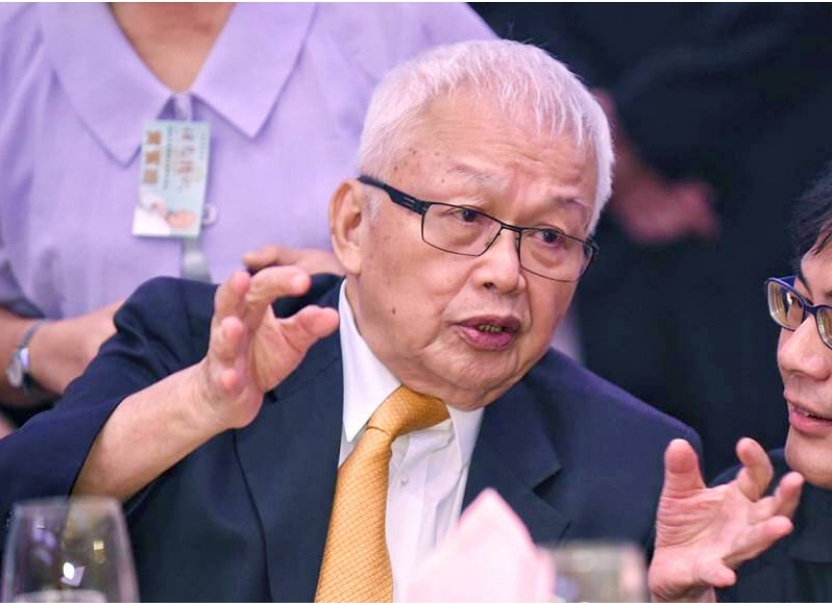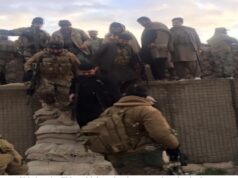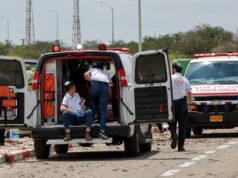PLA not capable of attack ‘for 10 years’

Chess pieces are pictured in front of the flags of Taiwan, right, and China on Jan. 25.
HIGH STAKES: An attack on Taiwan could prompt a joint response from the US and Japan, and trigger a global conflict that could bring down the CCP, Liu Tai-ying said
The Chinese People’s Liberation Army (PLA) would not be able to launch an invasion of Taiwan for at least another 10 years, Taiwan Research Institute founder Liu Tai-ying (劉泰英) said on Friday.
To occupy Taiwan, China needs to transport at least 300,000 to 400,000 troops across the Taiwan Strait during battle, but it would lack the ability to do so for at least another decade, said Liu, a former Chinese Nationalist Party (KMT) treasurer and a close aide to former president Lee Teng-hui (李登輝).
The challenges that China would face during an attempted invasion of Taiwan would be even greater than those faced by the Allies during the Normandy landings, he said.
The landings during World War II, the largest of their kind in history, involved transporting about 160,000 soldiers from 12 countries, using 6,939 vessels of various types from eight navies across the 33km-wide English Channel, which is much narrower than the 130km-wide Taiwan Strait, he said.
“So where is China now? How many troop-carrying vessels does it have?” he asked.
“If paratroopers were used, the losses for China would be very high, and there are few places on Taiwan proper they could land,” Liu said.

Taiwan Research Institute founder Liu Tai-ying speaks to a friend in an undated photo.
China would also need to take into account that an invasion attempt could lead to another world war, which would likely end in the collapse of the Chinese Communist Party (CCP), he said, adding that Taiwan’s strategic importance means that US involvement in a conflict in the Strait would be inevitable.
US engagement would also likely mean the involvement of the Japan Self-Defense Forces, which, combined with Taiwan’s armed forces, would form a military several times stronger than China’s, he said.
“The US could also potentially use Patriot missiles deployed in Japan, South Korea and Taiwan to intercept any intercontinental ballistic missiles fired at its forces by China,” he said.
“A US drone was used to assassinate senior Iranian general Qasem Soleimani in 2020. The US’ weapons systems and intelligence programs are more sophisticated than China’s and Russia’s,” Liu said.
China’s strategy toward Taiwan is still mainly political in nature, and it seeks to disrupt Taiwanese society and politics by bribing Taiwanese officials, he said, adding that a military conflict would be too costly for China.
While Taiwan’s infrastructure is vulnerable to Chinese missile attacks, the same is true of China’s infrastructure, he said, citing the Three Gorges Dam as an example.
Liu said Taiwanese missiles are capable of striking the dam, “which, if destroyed, would affect up to 600 million people in China.”
“Of course, the CCP realizes what would be at stake in a war, so it would not take the risk,” he said.
In March last year, US Navy Admiral Philip Davidson said that China could invade Taiwan within the next six years.
Other experts have also said tensions across the Strait could put Taiwan in danger by 2027, the centenary of the PLA.
Taipei Times




